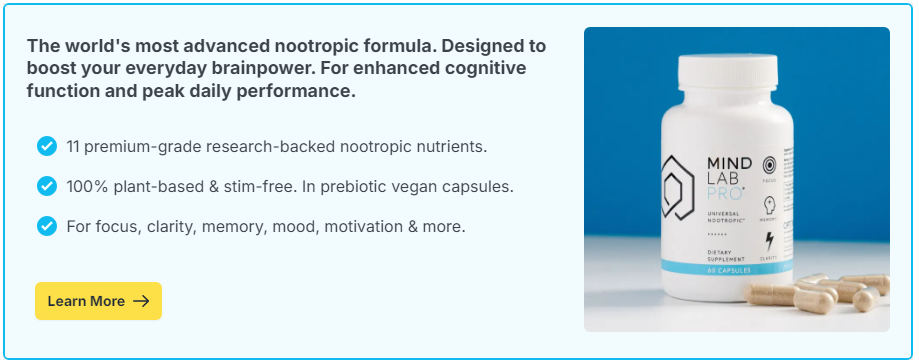
Often, yes. Fairy tales invite you to switch perspectives, test what-ifs, and adapt to changing rules – core moves of cognitive flexibility. With intentional reading and short retelling drills, adults can sharpen the habit of pivoting between ideas without getting stuck.
Contents
What Cognitive Flexibility Means
Cognitive flexibility is the ability to shift your thinking on purpose – changing strategies, updating beliefs, and seeing from another point of view. In daily life it looks like trying Plan B quickly, noticing when a rule no longer fits, and weighing two conflicting ideas without freezing.
Why Fairy Tales Are A Useful Training Ground
Classic tales compress big problems into simple, strange scenarios. That simplicity makes it easier to practice mental pivots without heavy background knowledge.
Counterfactual Thinking
Magic changes the rules (“the clock strikes and everything reverses”). Playing with these what-ifs strengthens your ability to consider alternatives in real decisions.
Perspective Switching
Heroes, helpers, and tricksters all see the same event differently. Trying each lens builds the skill of reframing problems at work or home.
Schema Remix
Tales reuse familiar patterns – quest, bargain, transformation. Recombining these patterns is practice for creative problem-solving.
A 12–15 Minute Flexibility Session
Use a short public-domain story (e.g., a Grimm or Andersen tale) or a 1–2 page summary. The goal is not literature analysis; it is quick mental switching.
Minute 0–3: Fast Read
Read once for gist. Note the rule of the world, the main goal, and the first obstacle.
Minute 3–6: Perspective Flip
Retell one key scene from another character’s viewpoint (helper, rival, bystander) in 3–5 sentences. Highlight what they want and what they fear.
Minute 6–9: Rule Swap
Alter one rule (“the spell lasts all day,” “the wolf speaks truth”). Write how the plot must change. This rehearses updating plans when constraints shift.
Minute 9–12: Constraint Remix
Retell the ending in a modern setting using only 60 words. Tight constraints force rapid selection and mental flexibility.
Minute 12–15: Real-Life Bridge
List two decisions this week where a perspective flip or rule swap could help. Choose one small step to try today.
How This Transfers Beyond Stories
The same moves you practice in tales – switching lenses, testing alternatives, and revising rules – show up in meetings, negotiations, and planning.
Faster Plan Updates
If a constraint changes, you are less likely to cling to the old plan and more likely to re-route quickly.
Seeing from the “antagonist” side reduces caricature and helps you propose options both sides can accept.
More Creative Options
Mixing familiar patterns into new forms produces workable ideas faster, especially under time pressure.
Tips For Effective Practice
Small adjustments improve results and keep sessions practical.
Choose Short Texts
Short tales keep the cognitive load low so most effort goes into switching, not plot recall.
Write, Don’t Just Think
Putting flips and swaps on paper forces precision and prevents vague “I get it” impressions.
Rotate Archetypes
Alternate between hero, helper, trickster, and “the crowd.” Each lens trains different assumptions.
How To Track Real Gains
Measure behavior, not vibes.
- Idea Count: During a 10-minute brainstorm, tally distinct options before and after two weeks of practice.
- Switch Latency: Time how long it takes to propose an alternate plan after a new constraint appears. Aim for a shorter delay.
- Perspective Notes: In meetings, mark when you restated someone’s view fairly before replying. Try to do this once per discussion.
Common Pitfalls (And Fixes)
Most stalls come from overcomplication or moralizing the exercise.
- Too Long Texts: If details swamp you, switch to 300–800 word stories.
- One “Right” Interpretation: Treat retellings as drills, not verdicts. Variety is the point.
- Abstract Only: Always end with a real-life bridge so practice changes what you do, not just what you think.
Content Notes
Some old tales include violence or stereotypes. Choose versions that fit your values, or swap in modern retellings that preserve structure without outdated elements.
Reading fairy tales with quick flips, swaps, and remixes can strengthen adult cognitive flexibility. Keep sessions short, write your switches, and link each practice to a real decision so the benefits show up where they matter.

